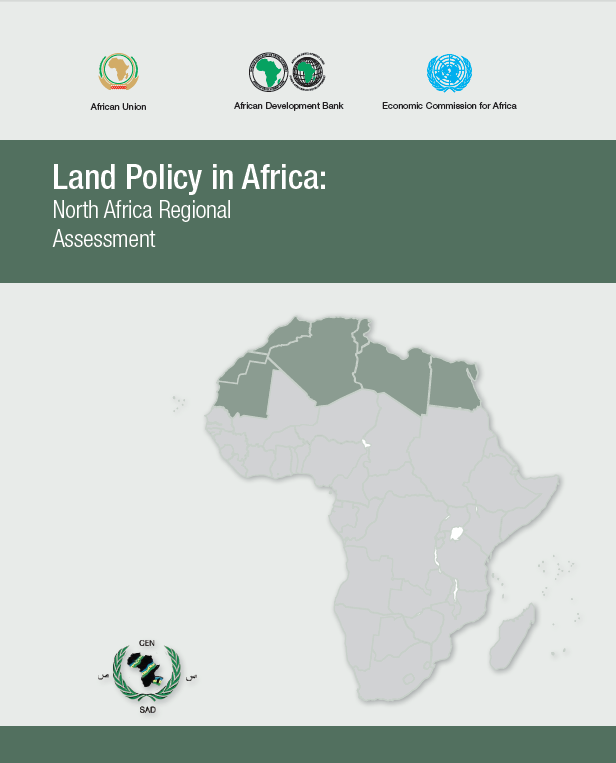Resource information
The countries in North Africa share an arid and semi-arid environment with high diversity: mountainous areas run alongside maritime areas and desert. The population of the region was estimated at 160 million people in 2005 and is expected to be more than 270 million in 2030. Most of the population will live in urban areas. Currently, urban dwellers in North Africa represent more than 50% of the population and are expected to be more than 60% by 2030. However, the urban system in North Africa is suffering urban primacy.
The region is well known for its endowment in mineral deposits such as oil and gas. However, it is also known for being one of the poorest regions in the world in water resources. Due to rapid population growth, both water and land resources are becoming scarce. Sustainable land and natural resource management is an ancient and well established tradition in the region. This is witnessed for example by the pre-Islamic hema system of rangelands management, which governed the timing, frequency and intensity of grazing, and was instrumental in the maintenance of rangelands.
Like other regions in the continent, North Africa has suffered colonial domination: France, Britain and Italy invaded the countries of the region in the 18th and 19th centuries. The colonial domination led to legal pluralism, with French civil law overlapping with Islamic law and tribal systems. Consequently, land rights are extremely complex and include registered lands, melk lands (private lands), habous lands (or waqf) and pre-Islamic collective tribal lands. One consequence of legal pluralism is poor formalization of land rights and persisting land tenure insecurity and conflicts. The coexistence of traditional, religious, and civil legislation is considered as one of the main causes of land disputes in the region.
The trend of land fragmentation is common in the region. Land fragmentation is the result of continuous sub-division of land for inheritance. Finding the appropriate response to land fragmentation is a key challenge for North African countries, as it is considered an impediment to land development and agricultural productivity.
Islamic law enables women to own land through inheritance. Governments in the region have taken appropriate measures to enhance women land rights. However, the survival of customary practices hampers the consolidation of women’s land rights.
North Africa has experienced numerous conflicts such as the North African Campaign of World War II, the Egyptian–Israeli war and border conflicts between countries in the region. As a consequence, land mines and explosive remnants of war are a common hurdle for development in the region. Specifically, explosive remnants of war are obstacles to land development. They have delayed irrigation projects in some instances and significantly increased the cost of agricultural projects in others.
Land is central to overall national development in the region. Agriculture, industry (including manufacturing and oil extraction) and the booming tourism industry are activities which require access to land resources and security of tenure. From 1950 to 1975, different policies were developed to address key land issues in North Africa. Generally, land policies were developed as part of national development plans. This trend of land reforms was based on state interventionism and included: expropriation of former colonial lands; land redistribution in favour of poor landless peasants; and establishment of ceilings on maximum land ownership. These reforms substantially improved access to European markets and thus contributed to poverty reduction. However, not all expropriated land was redistributed to poor peasants. The state ended up becoming the largest land owner, with state farms established across the region.
In the mid-1980s, most North African countries moved from planned economy and state capitalism toward neo-liberal economies. New laws were passed to enable the private sector access land resources and to attract foreign direct investments. However, governments failed to harmonize the laws passed under the rule of planned economy with the new ones, designed to promote a free market. The coexistence of those two types of laws proved not to be conducive to economic development. In addition, most North African countries remained centralized while the full implementation of the new land laws required devolution of power to the local administration.
Most countries in North Africa successfully experienced consultative mechanisms in the course of formulating their plans and programmes for combating desertification. This successful experience is a lesson learnt which can feed future land policy development processes in the region.


